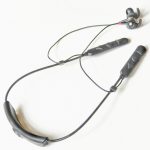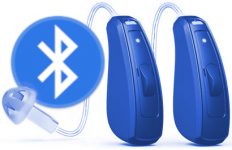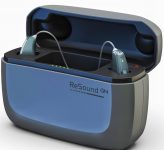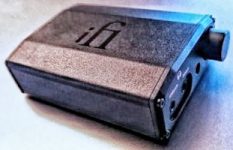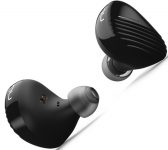Pure Redux: The Evoke Play DAB Radio
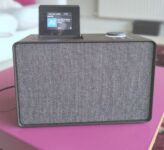
Britain has pioneered many new technologies, created new markets, but—in the last century and this—has typically failed to follow through. The brand name “Pure” tells this whole story in miniature. At the end of the last century a high tech company appropriately called Imagination Technologies emerged from a pioneering UK manufacturer of graphics and audio systems previously known as Videologic. The new name was inspired by its strategic decision to pull out of loss-making physical… Now read on…


